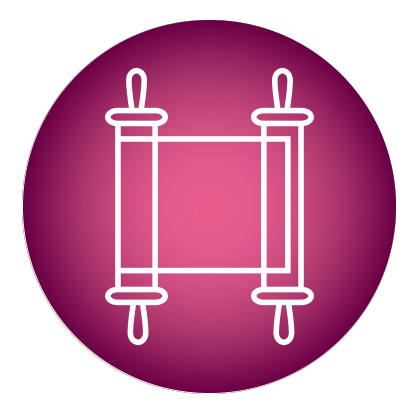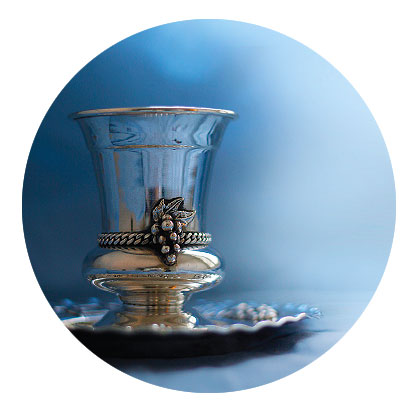Rooted


“And Yisro was happy about all the good that Hashem had done for Yisrael, that He had rescued them from the hands of the Egyptians.” (Shemos 18:9)
The Gemara (Sanhedrin 94) discusses the word “vahichad — and he was happy.” The root of the word comes from chad — sharp. Rav says that Yisro passed a sharp sword over himself, circumcised himself, and converted. Shmuel says that Yisro made sharp grooves in his flesh because he was so pained at the downfall of Mitzrayim.
Later in the parshah, we find that Yisro praised Hashem saying, “Baruch Hashem.” Chazal say it revealed a shortcoming within Bnei Yisrael that Yisro was the first to say “baruch Hashem.” Apparently, Yisro recognized the greatness of Hashem more than Klal Yisrael. If so, how can we understand that Yisro was pained by the downfall of Mitzrayim? (Rav Meir Rubman, Zichron Meir)
I
t was the garden that sold me on our house. I love spending lazy afternoons with my kids, puttering and planting while philosophizing about flora.
“What’s the difference between a weed and a flower, Ma?”
“The flower grows beautifully, using its own space in the ground. The weed isn’t satisfied with its own plot and tries to take over all the other plants in the garden.”
We planted trees and learned the halachos of orlah, terumos, and maasros while sharing the fruits of our labor with family and friends. I planted an olive tree too, dreaming of twisted branches shaking their silvery leaves in misty dusk. But my olive tree remained spindly and spiny, barely growing over the years. Finally, we decided the tree had to go to make way for our expanding succah patio.
According to the Seforno, even though Yisro praised Hashem, he was only happy that He saved Klal Yisrael; he was pained by the suffering of Mitzrayim.
Yet Chazal praise Yisro’s sacrifice for Hashem and His Torah. Even the wicked Bilaam was amazed by Yisro’s devotion and praised him. How do we resolve this contradiction in Yisro’s outlook?
“The problem is,” my husband said as he squinted into the hot August sun, “it’s a fruit tree, so I have to ask the rav if we can uproot it. Plus, next year’s shemittah, so we have to do it soon.”
Later that afternoon, he came running into the house. “We can uproot the tree provided a non-Jew does the uprooting, plus we must replant it immediately elsewhere. The problem is, today’s the last day a tree can be planted before shemittah in order to take root. We have until shkiah!”
Off he ran to the local supermarket and soon came back with a non-Jew. The tree was so spindly I figured it would only take a few moments, and then we’d have plenty of time to replant it in the playground across the street. Little did I realize this tree was pitted against my plans.
We see from Yisro’s pain over Mitzrayim that what a person learns in his youth is never uprooted from his heart.
Shlomo Hamelech writes in Mishlei (22:6): “Educate a child according to his way, then even when he gets old, he won’t stray from it.”
What’s learned as a child is implanted as roots. If the roots are rotten, then the tree won’t grow properly. Lucky is the person who merits being educated and accustomed to the way of Torah when he’s a youth. He’ll merit strong solid roots that will allow him to grow and be among those about whom Chazal say (Succah 53a): “Praiseworthy is our youth that does not embarrass our old age.”
The worker began shoveling with a flourish, and we all waited for a cry of “Timber!” But although he dug swiftly, the tree stood its ground. Minutes ticked by as we eyed the slow descent of the sun over the garden.
“Why isn’t it coming out?” wondered Yitzi. “It’s not even taller than me.”
“But it’s older than me!” Binyamin peered into the hole. “So probably its roots go deeper than we thought.”
Finally with a shudder, the tree gave way, revealing huge, wide roots that spanned a good portion of the garden. Never judge a tree by its lack of bower. With no time to waste, my husband grabbed the trunk and ran to replant it before sunset.
I stood by the gaping hole looking down into the soil, pondering the process that places people and plants and progeny, putting down roots that flourish way beyond our visible positions in This World.
(Originally featured in Family First, Issue 578)
Oops! We could not locate your form.


